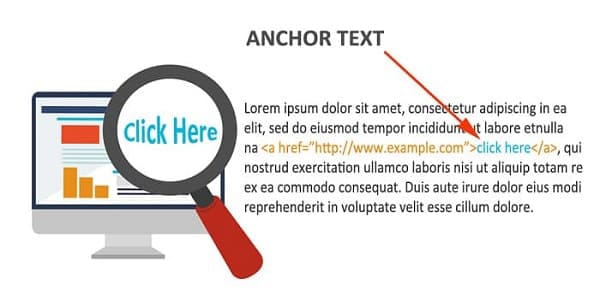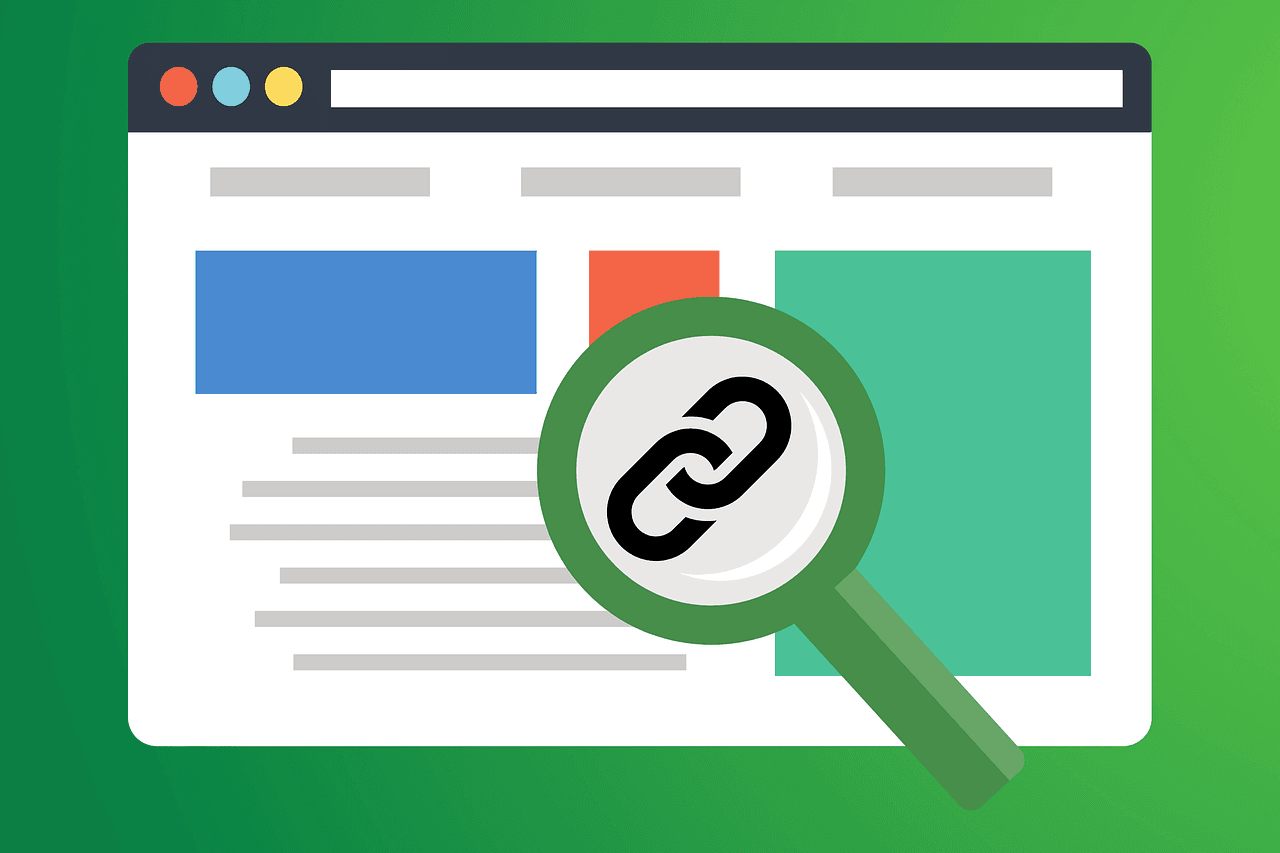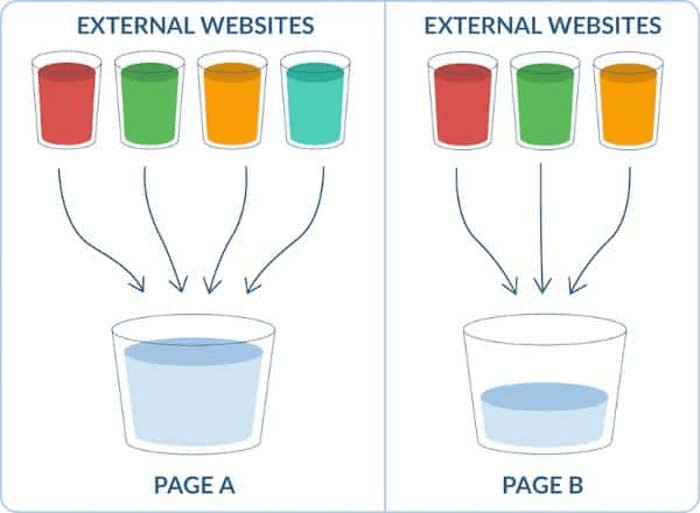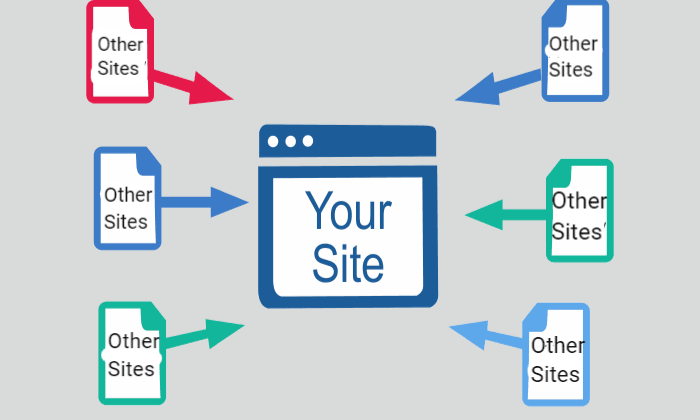Anchor text is the visible, clickable text in hyperlinks that plays a vital role in SEO by guiding users and search engines to related content. From boosting rankings to enhancing user experience, understanding anchor text is essential. At Keyword Metrics, we’ll unpack this topic in depth.
What is Anchor Text?
Anchor Text is the clickable, visible text in a hyperlink. It often appears in a different color (typically blue) and is underlined to distinguish it from regular text. When clicked, it directs users to another webpage. In SEO, anchor text helps search engines understand the context of the linked content, playing a critical role in how pages are ranked and understood.

How Anchor Text Impacts SEO
Anchor text tells search engines what the linked page is about. For instance, if you see the phrase "best hiking boots" as a link, search engines assume the linked page contains content related to hiking boots. This helps websites rank better for relevant searches when done effectively.
There are different types of anchor text, including:
- Exact Match: Matches the target keyword exactly (e.g., "hiking boots" linking to a page about hiking boots).
- Partial Match: Includes the target keyword alongside other terms (e.g., "top hiking boots for beginners").
- Branded: Uses a brand name as the anchor (e.g., "Amazon").
- Naked URL: Displays the URL as the anchor (e.g., www.example.com).
- Generic: Uses phrases like "click here" or "learn more."
- Image Anchor Text: When an image is hyperlinked, the alt text serves as the anchor text.
Importance of Anchor Text in SEO
Properly optimized anchor text helps in:
- Improving Relevance: Search engines analyze anchor text to determine how relevant a page is for a specific keyword.
- Boosting Rankings: Using strategic anchor text can improve a page’s chances of ranking for targeted keywords.
- Enhancing User Experience: Descriptive anchor text helps users understand what they’ll find on the linked page, reducing confusion.
- Building Credibility: Links with well-thought-out anchor text from authoritative websites increase trust in your content.
Tools for Managing and Optimizing Anchor Text
Several tools can help you analyze and optimize anchor text for improved SEO performance:
- Google Search Console
- Use this tool to identify internal and external links to your website and review anchor text patterns.
- Learn more from Google’s official documentation.
- Ahrefs
- Offers a detailed breakdown of your website’s anchor text distribution, including exact match, partial match, and branded text.
- SEMrush
- Allows you to audit your backlink profile and assess how anchor text is contributing to your SEO strategy.
- Screaming Frog
- Crawls your website to identify internal linking patterns and anchor text usage for each link.
Pro Tips for Using Anchor Text Effectively
Follow these actionable tips to make the most of anchor text in your SEO strategy:
1. Use Descriptive, Relevant Text
Minimize the use of generic phrases like "click here." Instead, write anchor text that describes what the linked page is about.
For example:
❌ Click here
✅ Learn how to choose the best hiking boots
2. Maintain a Natural Mix
Over-optimization (e.g., always using exact match anchor text) can trigger penalties from search engines. Instead, aim for a mix:
- Branded: 50%
- Partial Match: 30%
- Exact Match: 10%
- Generic or Naked URLs: 10%
3. Prioritize Context
Ensure the surrounding text provides context. A sentence like “Discover the top hiking trails in this guide” with an appropriate anchor adds value to users and search engines.
4. Link Internally and Externally Strategically
- Internal Links: Use anchor text to connect related content within your website. For example, link "on-page SEO techniques" to a blog about on-page optimization.
- External Links: Ensure you link to reputable, relevant sites.
5. Avoid Spammy Practices
Anchor text overstuffed with keywords or linking to irrelevant pages can hurt your SEO. Focus on user intent and quality.
Examples and Practical Applications
Internal Linking Example:
On a blog about “content marketing,” you could write:
“Understanding the relationship between backlinks and domain authority is crucial for your SEO strategy.”
- Link backlinks to a glossary page explaining the term.
- Link domain authority to an article detailing its calculation.
External Linking Example:
If citing a source, use anchor text like “Google’s official guidelines on backlinks” and link to their documentation.
FAQs About Anchor Text
Q. What is the ideal length for anchor text?
A. Anchor text should be concise yet descriptive, typically 1-5 words.
Q. Can anchor text affect page rankings negatively?
A. Yes, if over-optimized or irrelevant, it can result in penalties. Use a balanced approach.
Q. Should I always use exact match keywords in anchor text?
A. No. A variety of anchor text types ensures a natural linking profile and avoids penalties.
Related Glossary Terms to Explore
- Backlinks: Discover how incoming links from other websites boost your authority and rankings.
- Internal Links: Learn how linking between pages on your site enhances navigation and SEO.
- Keyword Optimization: Master the art of using keywords strategically for better search visibility.
- Domain Authority: Understand how this metric reflects your website’s credibility and ranking potential.
- Link Building: Explore strategies to earn quality links and strengthen your SEO performance.


